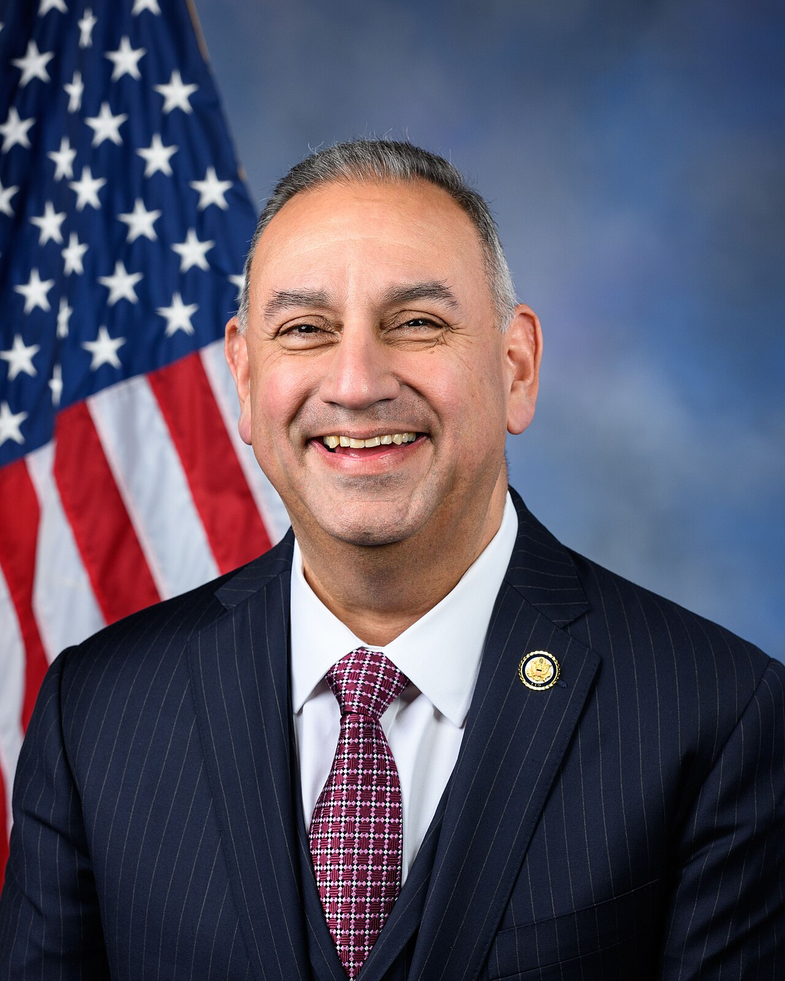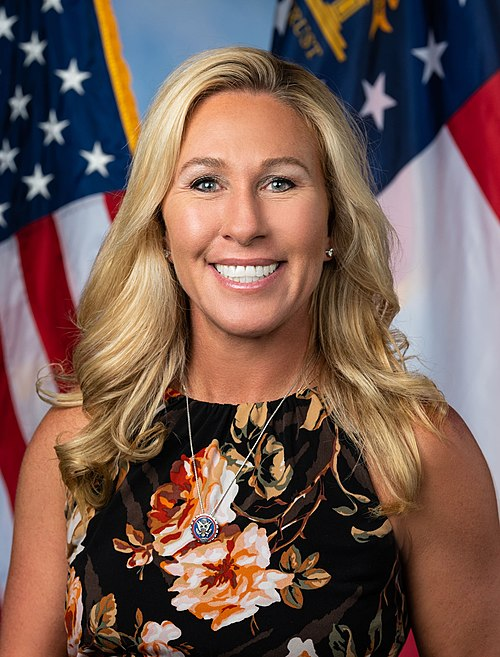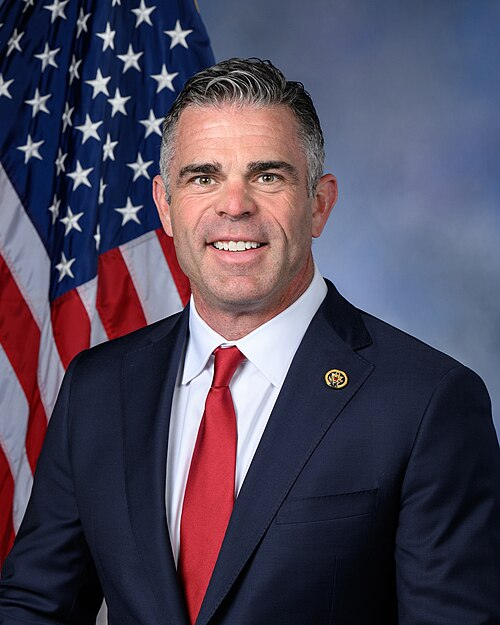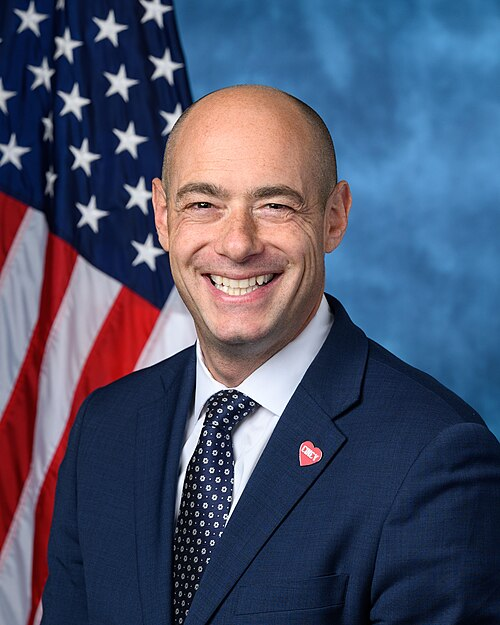H.R. 1524: Alyssa’s Legacy Youth in Schools Safety Alert Act
This bill, titled the Alyssa’s Legacy Youth in Schools Safety Alert Act (or ALYSSA Act), aims to enhance school safety by mandating the installation of panic alarms in elementary and secondary schools across the United States. Here are the main components of the bill:
Purpose of the Bill
The primary goal of the ALYSSA Act is to ensure that educational institutions are better prepared to respond to emergencies, particularly those that pose a threat to student safety, such as active shooter situations or other security crises.
Key Provisions
- Local Educational Agency Plans: The bill amends existing legislation to require that local educational agencies (which are responsible for managing public schools in a specific area) prepare for school security emergencies. This encompasses maintaining a plan that includes the use of panic alarms.
- Panic Alarms Requirement: Schools within any local educational agency must be equipped with at least one panic alarm. This is required as a condition for receiving federal funds under the Elementary and Secondary Education Act of 1965.
- Definition of Panic Alarms: A panic alarm is defined as a silent security signal that is activated manually. It is designed to indicate a life-threatening emergency that necessitates a prompt response from law enforcement authorities.
Funding Implications
Schools that wish to receive federal funding must comply with the new requirement of having panic alarms installed. This creates a financial incentive for schools to implement the proposed security measures to enhance their safety systems.
Implementation Timeline
While the bill outlines requirements, it does not specify a detailed timeline for when schools must install these panic alarms. However, compliance with the provisions will be necessary to access federal funding moving forward.
Relevant Companies
- ADBE (Adobe Inc.): While Adobe is primarily a software company, it may be involved in the development of digital safety tools or systems that could integrate with educational security systems.
- CAT (Caterpillar Inc.): Caterpillar could potentially be impacted if they develop physical security systems or infrastructure that may be incorporated into new school safety measures.
- LOCK (Lockheed Martin): As a major defense and security contractor, Lockheed Martin may see increased interest in their security solutions for educational institutions.
This is an AI-generated summary of the bill text. There may be mistakes.
Sponsors
22 bill sponsors
-
TrackJosh Gottheimer
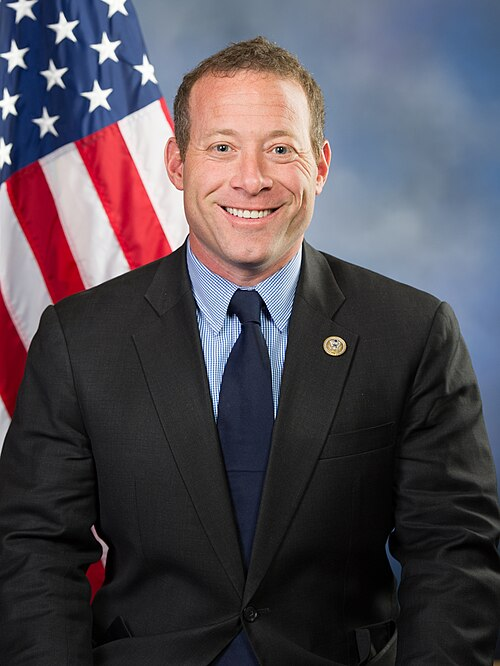
Sponsor
-
TrackDon Bacon

Co-Sponsor
-
TrackJim Costa
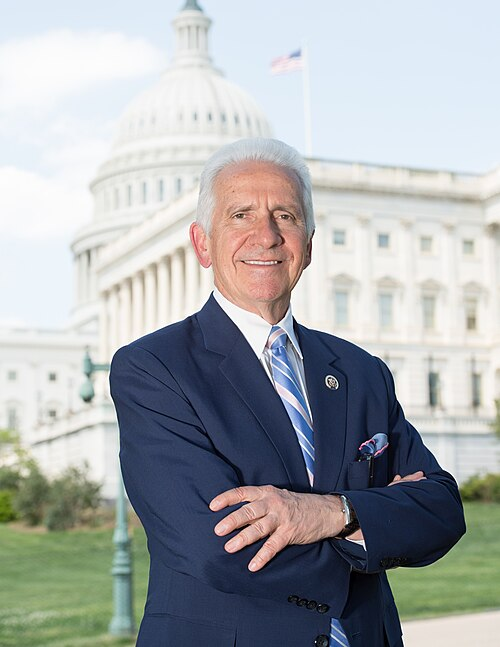
Co-Sponsor
-
TrackDonald G. Davis

Co-Sponsor
-
TrackMario Diaz-Balart
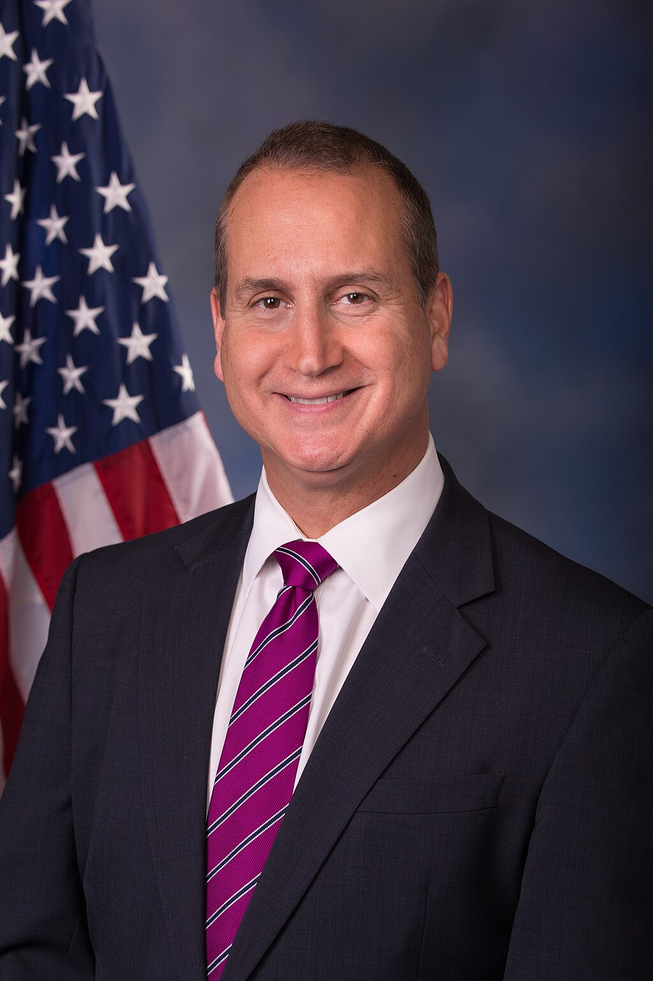
Co-Sponsor
-
TrackPat Fallon

Co-Sponsor
-
TrackBrian K. Fitzpatrick
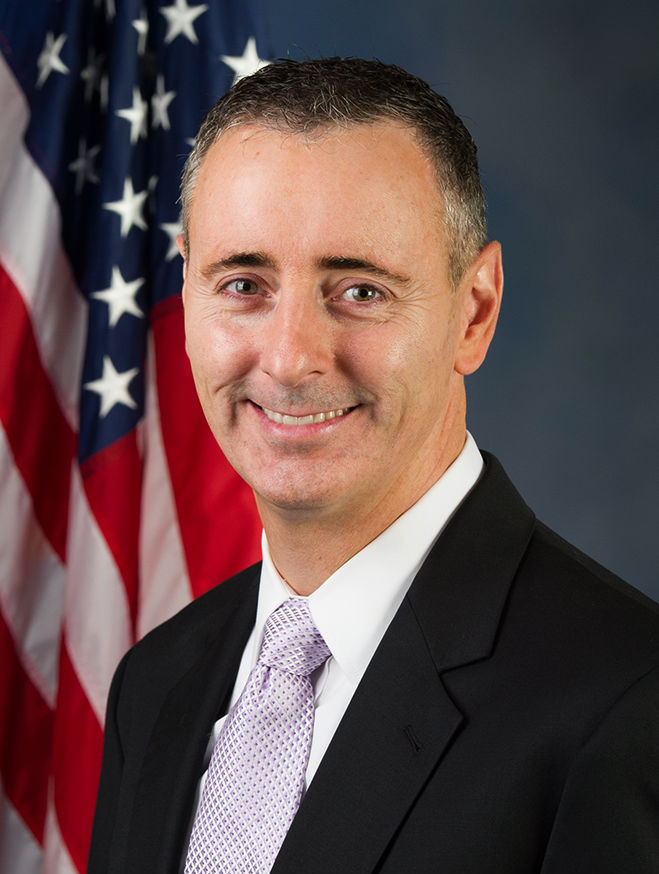
Co-Sponsor
-
TrackSylvia R. Garcia

Co-Sponsor
-
TrackTony Gonzales
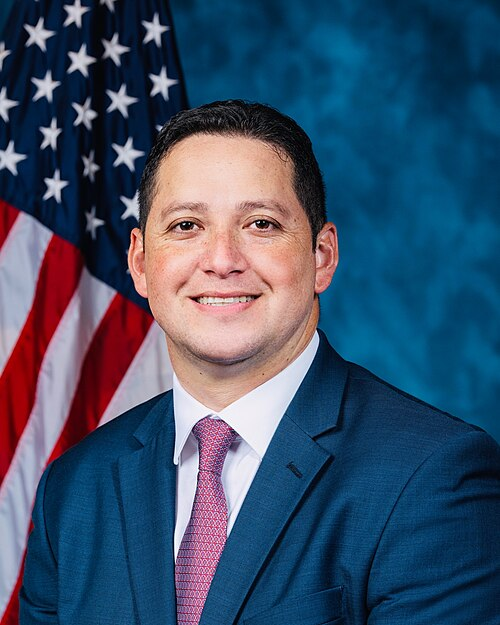
Co-Sponsor
-
TrackJosh Harder

Co-Sponsor
-
TrackHenry C. "Hank" Johnson, Jr.

Co-Sponsor
-
TrackThomas H. Kean, Jr.

Co-Sponsor
-
TrackWilliam R. Keating

Co-Sponsor
-
TrackMichael Lawler

Co-Sponsor
-
TrackNancy Mace

Co-Sponsor
-
TrackLucy McBath
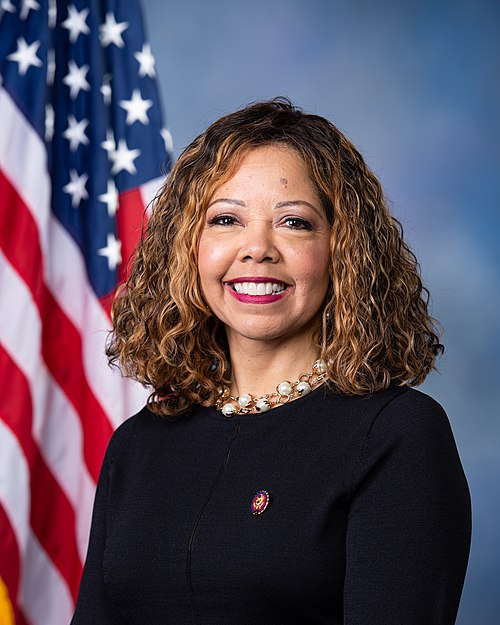
Co-Sponsor
-
TrackJared Moskowitz

Co-Sponsor
-
TrackZachary Nunn
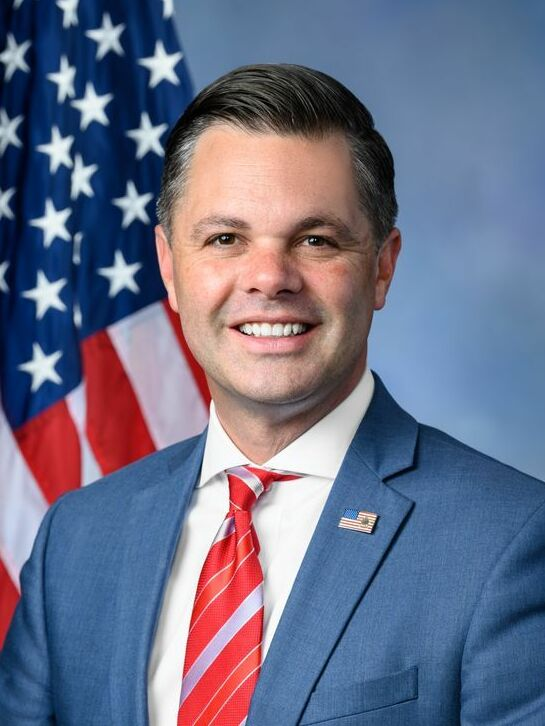
Co-Sponsor
-
TrackMaria Elvira Salazar

Co-Sponsor
-
TrackGreg Stanton
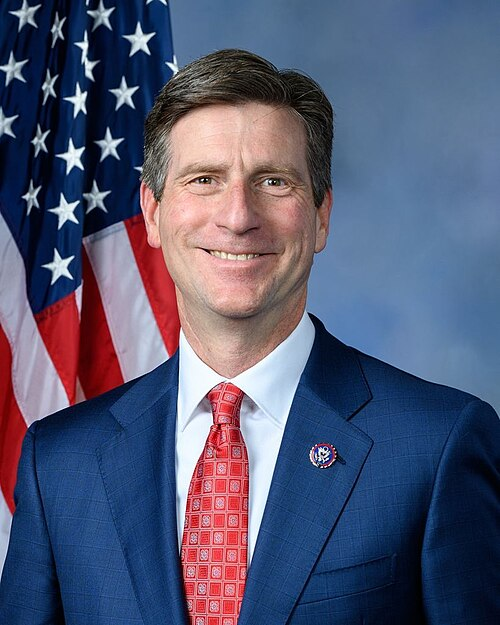
Co-Sponsor
-
TrackJill N. Tokuda
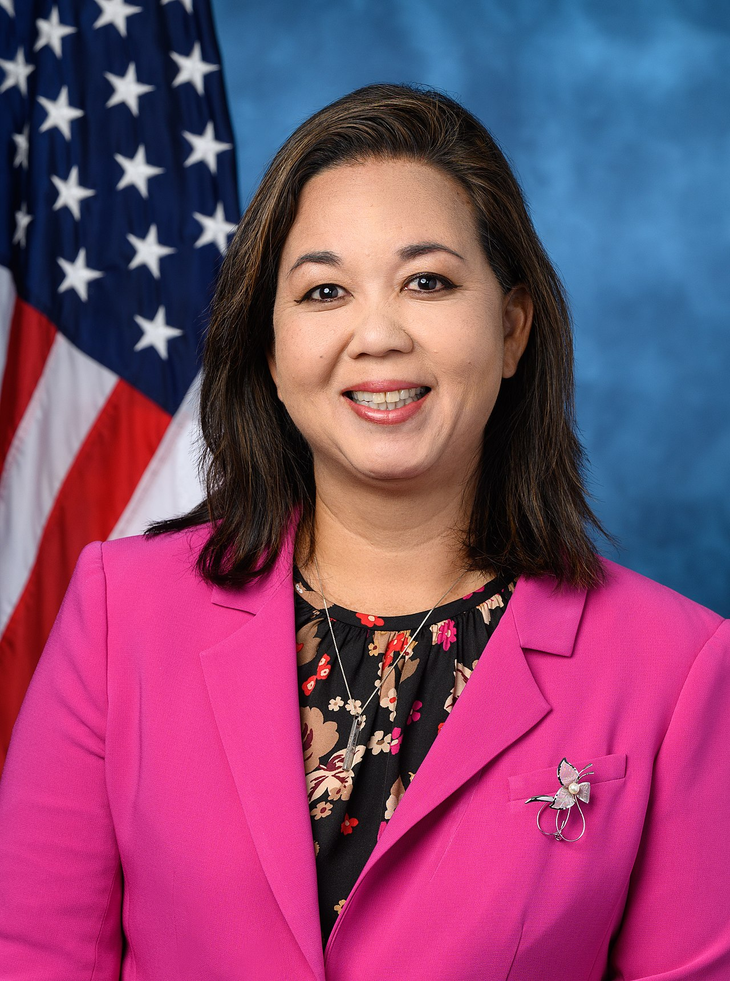
Co-Sponsor
-
TrackDebbie Wasserman Schultz

Co-Sponsor
Actions
2 actions
| Date | Action |
|---|---|
| Feb. 24, 2025 | Introduced in House |
| Feb. 24, 2025 | Referred to the House Committee on Education and Workforce. |
Corporate Lobbying
0 companies lobbying
None found.
* Note that there can be significant delays in lobbying disclosures, and our data may be incomplete.



